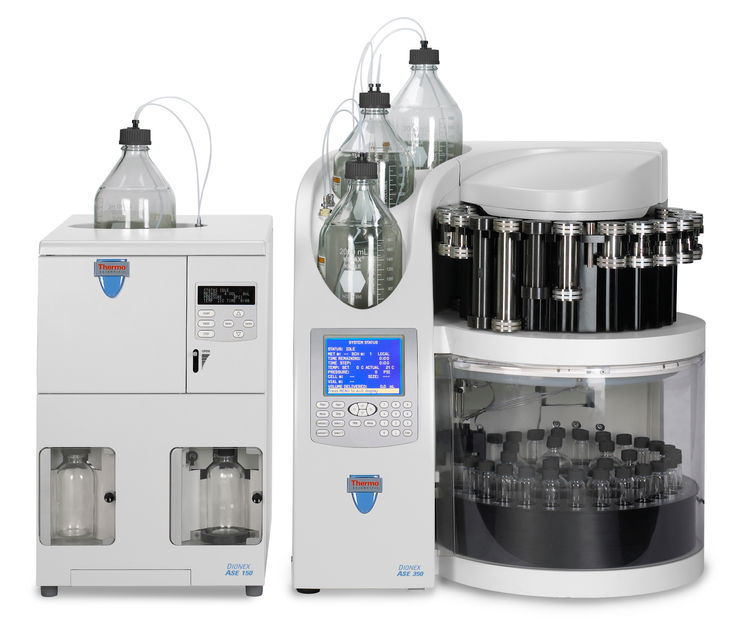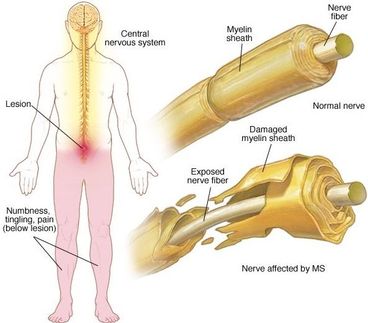Simple nasal swab can provide early warning of emerging viruses
A test for a single immune system molecule on nasal swabs can help detect stealthy viruses not identified in standard tests
As the COVID-19 pandemic showed, potentially dangerous new viruses can begin to spread in the population well before the global public health surveillance system can detect them.

Symbolic image
Computer-generated image
However, Yale researchers have found that testing for the presence of a single immune system molecule on nasal swabs can help detect stealthy viruses not identified in standard tests, they report Jan. 3 in the journal Lancet Microbe.
“Finding a dangerous new virus is like searching for a needle in a haystack,” said Ellen Foxman, associate professor of laboratory medicine and immunobiology and senior author of the study. “We found a way to significantly reduce the size of the haystack.”
Public health officials typically look to a few sources for warning signs of emerging disease. They study emerging viruses in animals that may transmit the infection to humans. But determining which of the hundreds, or thousands, of new viral variants represent a true danger is difficult. And they look for outbreaks of unexplained respiratory ailments, which was how SARS-Cov-2, the virus that causes COVID-19, was discovered in China late in 2019.
By the time an outbreak of a novel virus occurs, however, it may be too late to contain its spread.
For the new study, Foxman and her team revisited an observation made in her lab in 2017, which they thought may provide a new way to monitor for unexpected pathogens. Nasal swabs are commonly taken from patients with suspected respiratory infections and are tested to detect specific signatures of 10 to 15 known viruses. Most tests come back negative. But as Foxman’s team observed in 2017, in a few cases the swabs of those who tested negative for the “usual suspect” viruses still exhibited signs that antiviral defenses were activated, indicating the presence of a virus. The telltale sign was a high level of a single antiviral protein made by the cells that line the nasal passages.
Based on that finding, the researchers applied comprehensive genetic sequencing methods to old samples containing the protein and, in one sample, found an unexpected influenza virus, called influenza C.
The researchers also used this same strategy of retesting old samples to search for missed cases of COVID-19 during the first two weeks of March 2020. While cases of the virus had surfaced in New York State around that same time, testing was not readily available until weeks later. Hundreds of nasal swab samples collected from patients at Yale-New Haven Hospital during that time had tested negative for standard signature viruses. When tested for the immune system biomarker, the vast majority of those samples showed no trace of activity of the antiviral defense system. But a few did; among those, the team found four cases of COVID-19 that had gone undiagnosed at the time.
The findings reveal that testing for an antiviral protein made by the body, even if the tests for known respiratory viruses are negative, can help pinpoint which nasal swabs are more likely to contain unexpected viruses.
Specifically, screening for the biomarker can allow researchers to narrow down the search for unexpected pathogens, making it feasible to do surveillance for unexpected viruses using swabs collected during routine patient care. Samples found to possess the biomarker can be analyzed using more complex genetic testing methods to identify unexpected or emerging pathogens circulating in the patient population and jumpstart a response from the health care community.
Original publication
Nasal host response-based screening for undiagnosed respiratory viruses: a pathogen surveillance and detection study; The Lancet Microbe; 2023
Original publication
Nasal host response-based screening for undiagnosed respiratory viruses: a pathogen surveillance and detection study; The Lancet Microbe; 2023
Organizations
Other news from the department science

Get the analytics and lab tech industry in your inbox
By submitting this form you agree that LUMITOS AG will send you the newsletter(s) selected above by email. Your data will not be passed on to third parties. Your data will be stored and processed in accordance with our data protection regulations. LUMITOS may contact you by email for the purpose of advertising or market and opinion surveys. You can revoke your consent at any time without giving reasons to LUMITOS AG, Ernst-Augustin-Str. 2, 12489 Berlin, Germany or by e-mail at revoke@lumitos.com with effect for the future. In addition, each email contains a link to unsubscribe from the corresponding newsletter.
Most read news
More news from our other portals
Last viewed contents

Signature analysis of single molecules using their noise signals

Thermo Scientific™ Dionex™ ASE™ 150 or 350 Accelerated Solvent Extractor systems | Extraction systems | Thermo Fisher Scientific

Retina-on-a-chip provides powerful tool for studying eye disease

























































